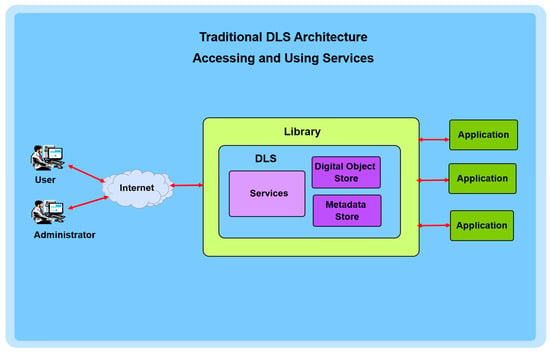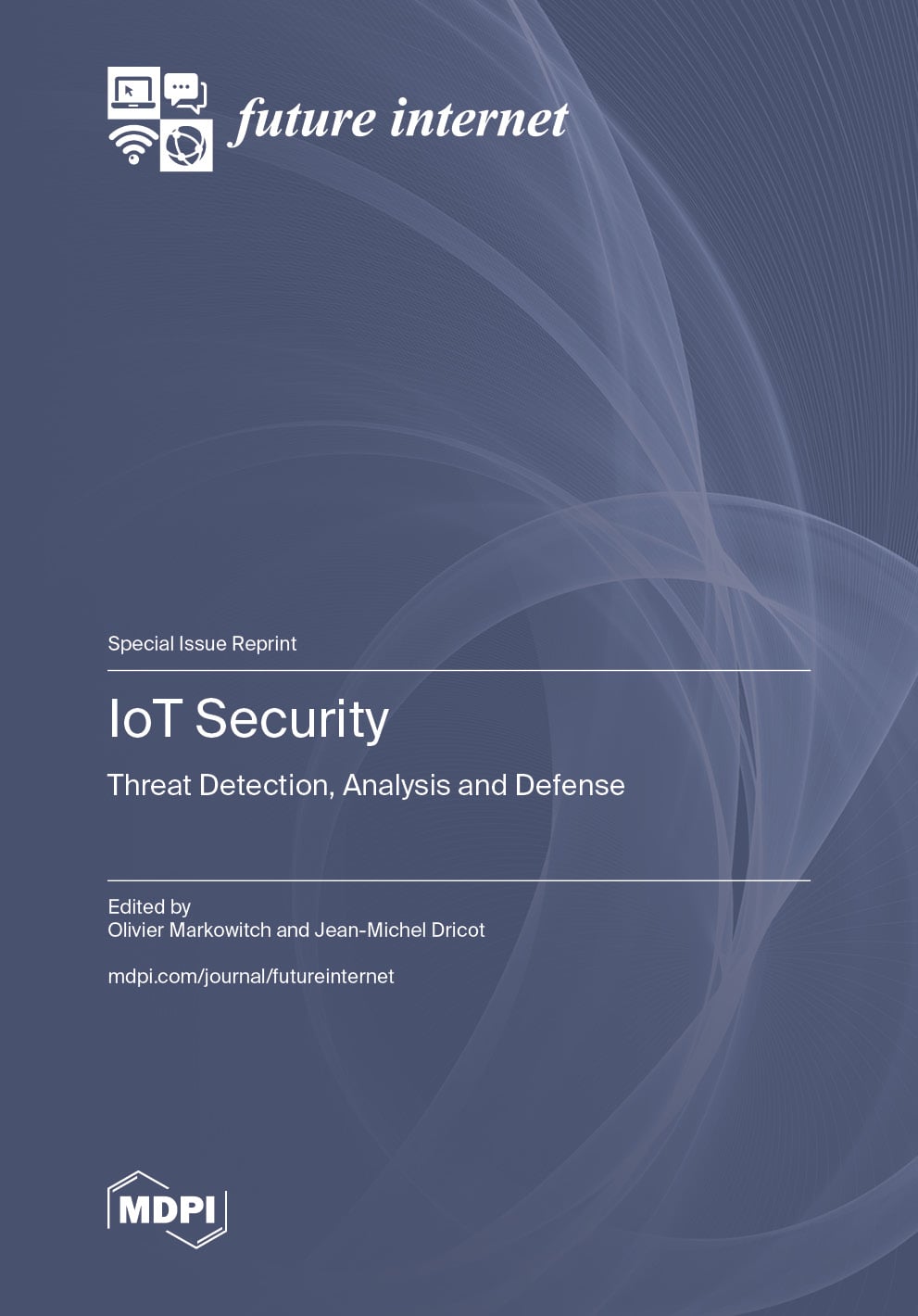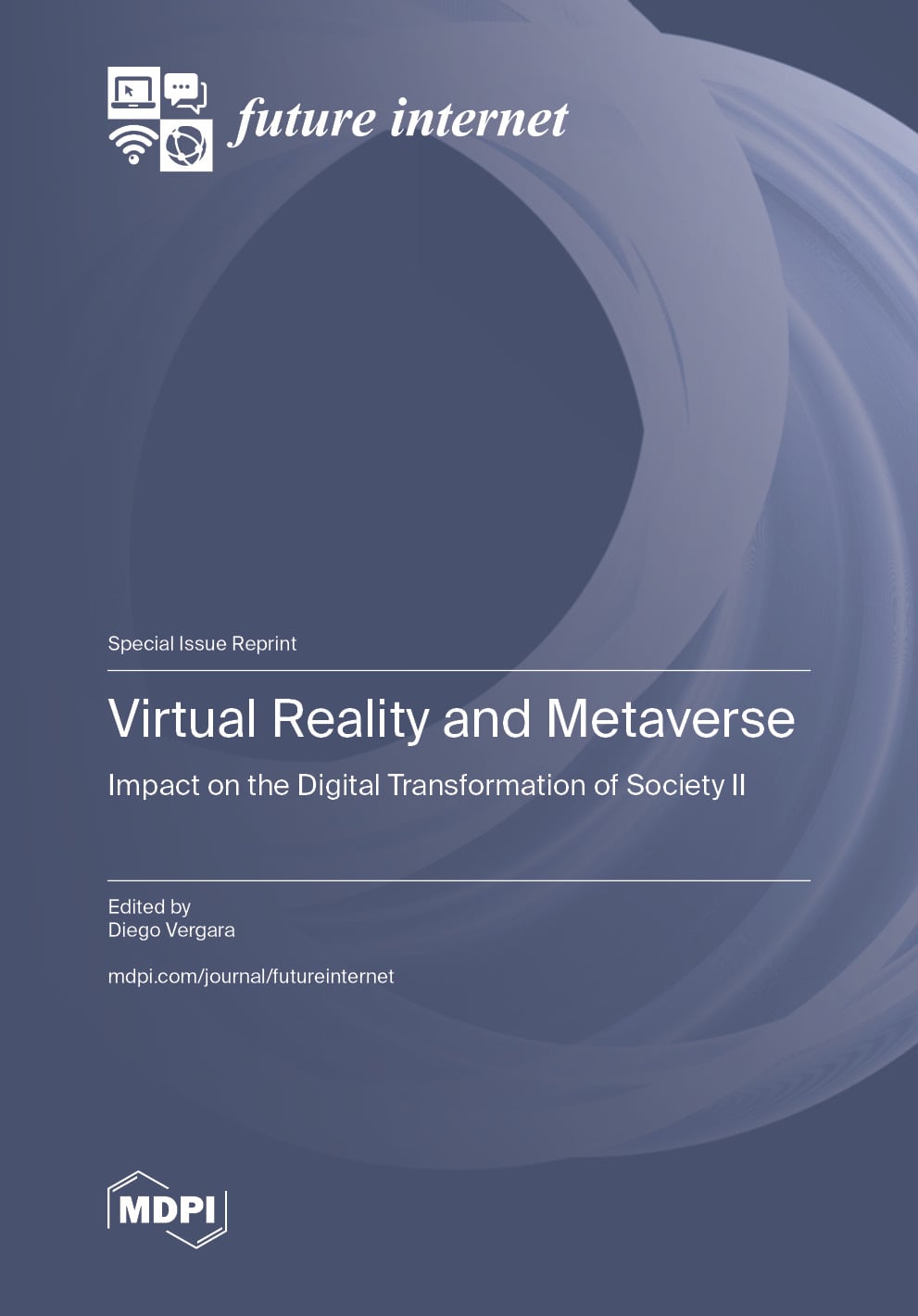- Article
An Intelligent Software Architecture for Digital Library Systems in Sustainable Education
- Ana M. Gonzalez de Miguel and
- Antonio Sarasa-Cabezuelo
This paper presents an innovative approach to the design of intelligent software architecture for Digital Library Systems (DLSs) and the evaluation of this in the context of sustainable education. By leveraging Artificial Intelligence (AI) technologies, global cooperation and best practices in Software Engineering, we propose the design of a model that enhances the management, access and usability of digital libraries. Our framework introduces intelligent services for decision-making processes, research activities, and personalized learning experiences. Through global collaboration, our architecture aims to contribute significantly to achieving Sustainable Development Goal 4 (SDG4), ensuring inclusive and equitable education worldwide.
19 December 2025




